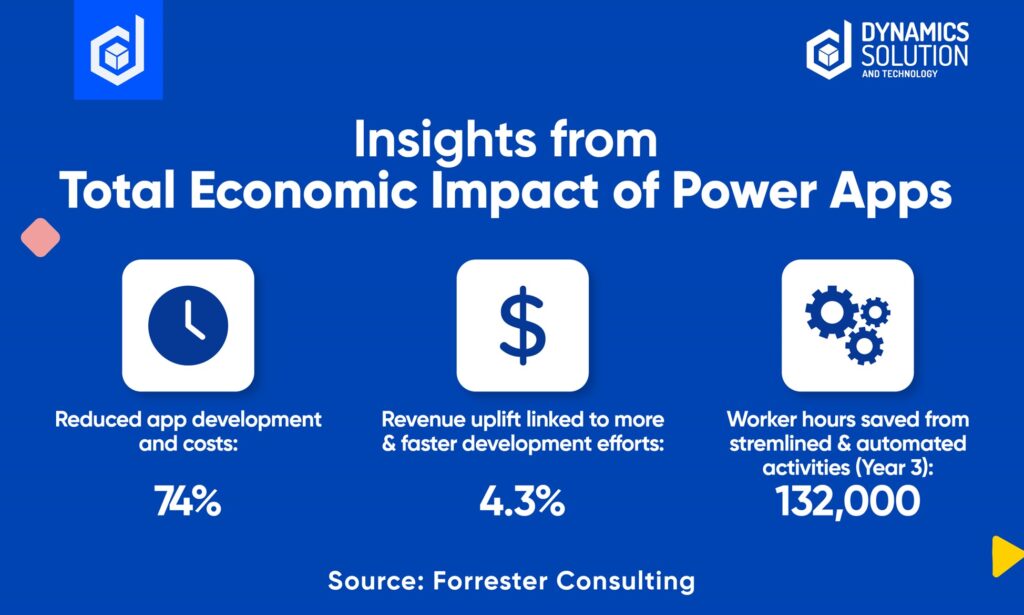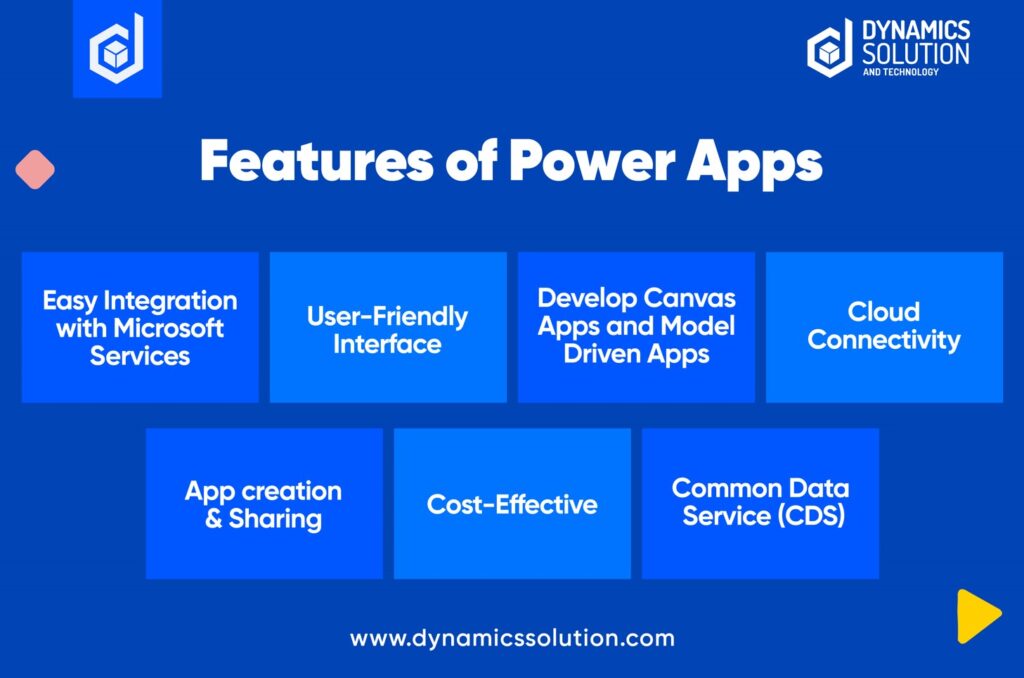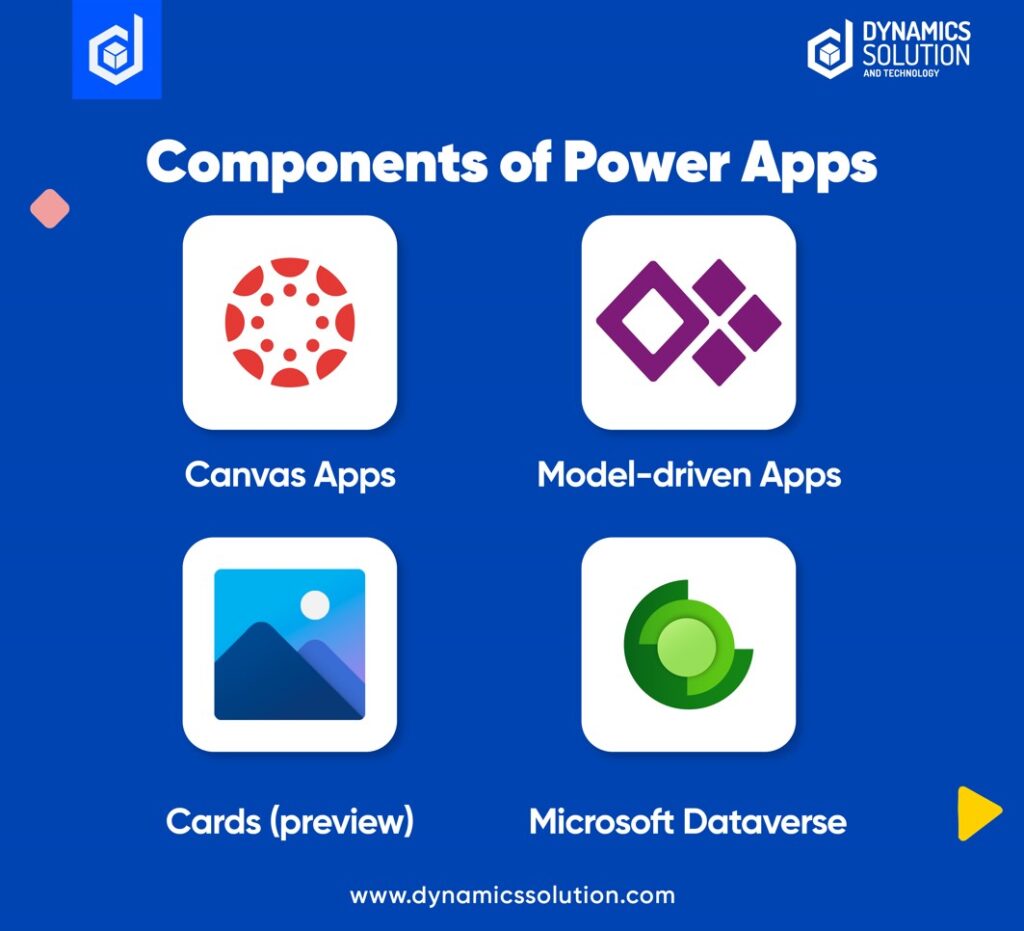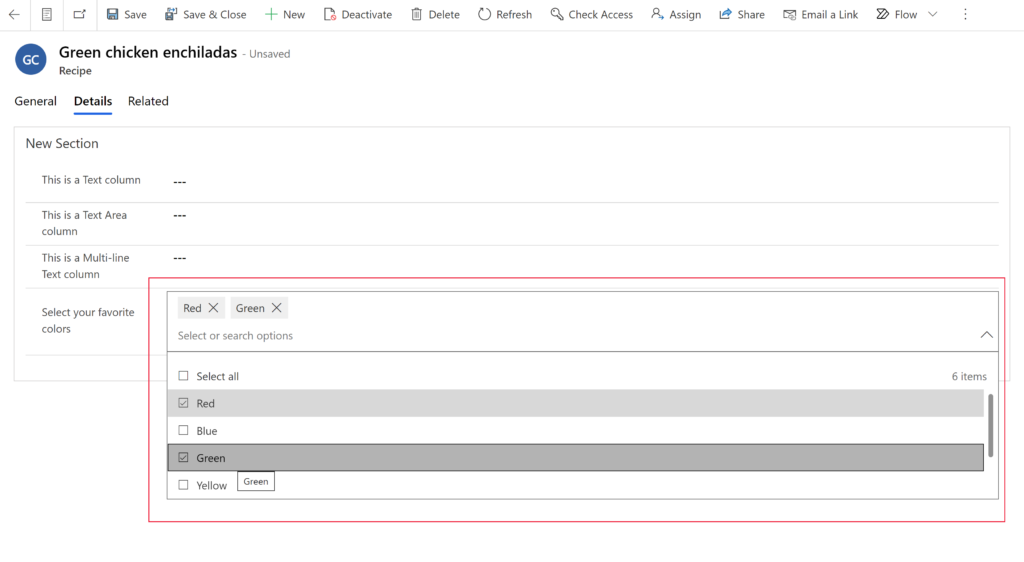Technology continues to evolve and integrate numerous aspects of our lives. Along with that, the ever-expanding business functionalities justify the obvious rise in the development of business apps.
For years, companies have been aware of the numerous routine tasks that tend to slow down and eliminating them will be the first step towards increasing productivity and reducing costs. Although developing a sound solution has always been an expensive and time-consuming solution, Microsoft has led the evolution of an entire paradigm shift, via the increasingly efficient and promising Microsoft Power Apps for businesses to expand and diversify their business operations.
This blog sheds light on Power Apps’ monumental growth and success as businesses continue to embed and scale their reach.
Power Apps | A Low-code App Development Solution
Power Apps is a robust Microsoft solution designed to help companies rapidly create custom applications to meet specified needs and objectives. This development platform features various connectors, apps, services, and a data platform to help business users start developing internal apps and portals for external use as they automate and democratize the data.
In fact, according to the Total Economic Impact of Power Apps, a commissioned study conducted by Forrester Consulting, businesses using Microsoft Power Apps saw the following cost savings and business benefits:

With an easy-to-understand interface, Microsoft Power Apps features drag-and-drop simplicity and quick deployment. Together, these features enable business users to:
- Develop and launch apps in pre-built templates
- Access a host of advanced development functionalities
- Generating tailor-made immersive applications to solve business problems
- Low-code websites to integrate Power BI (Business Intelligence) reports and analytical dashboards
- extend PowerApps with more than 200 connectors – especially useful for professional developers
Nevertheless, combining the low code capabilities with automated testing directly saves costs and decreases the organizations’ costs eventually.
Setting up Power Apps
Power Apps facilitate app creation by offering various templates, connectors, and third-party apps for business users.
Powers Apps allow business users to build professional-grade apps to increase organization-wide agility by rapidly building low-code apps that modernize processes and solve tough challenges.
The primary reason for the ultimate popularity among developers is the inclusion of connectors for initiating and executing app development. The diverse range of connectors allows business users to perform CRUD (create, read, update, delete) operations and support on-premises data sources majorly.
That said, let us delve into building effective Power Apps.
Start creating your first Power App by installing the PowerApps studio for Windows. This connects you directly with the data sources and starts composing apps in a visual designer without any need for code.
A quick and effective way to do so is to generate an app using your own data on canvas-driven Power Apps. Just link the Power Apps at the data source (for instance, SharePoint) and witness Power Apps automatically synchronize and build a three-screen app. This app allows users to browse the list, view detailed records, and edit data. You can further begin customizing the apps to look and behave exactly the way you want.

Moreover, business users can also begin developing an app from the pre-built templates. Structurally, they are like sample apps and use fictitious data to help sense what is possible and open them in Power Apps Studio prior to the app being built.
Fulfilling the ‘Innovation Gap’
The way businesses work today has significantly changed compared to how it used to happen back in the day. The professional experience has immensely transformed, especially since the mobile revolution. No matter where you go, work keeps you connected and within reach.
Despite everything speeding up, the apps have not been able to keep up with the pace of employee demands. Many companies are turning towards the SaaS solution for classified scenarios and making use of the CRM (Customer Relationship Management) and ERP (Enterprise Resource Planning) capabilities of Microsoft Dynamics 365. Most of the business app scenarios remained locked on premises, dependent on corporate-connected PCs. These neither offered swift integration nor accessibility when the business users needed that the most. Hence, businesses continued to lag the surging demands of the business users in terms of offering desired quality and richness in the set time.
Consequently, it gave rise to the business app ‘innovation gap.’ A look into the matter helped identify the three key problems pertaining to it:
Lack of Skilled Mobile Developers
The market demand is expected to increase at a substantial rate. The US Labor Department reported that the global talent shortage had amounted to $40 million skilled workers worldwide as of 2020. As of 2030, it is anticipated to increase and reach up to $85.2 million, thereby risking the companies a total loss of $8.4 trillion in revenue. In all, there are not enough skilled app developers to keep up with the development demand.
Business Data Proliferation
Business data has flourished across premises and beyond the firewalls to reach the SaaS clouds. While the data is stored in numerous systems, it is quite difficult to connect and consume related data from within the app.
IT Agility and App Sharing
Mobile app distribution typically happens through app stores, or through mobile device management, governed by IT. This creates inherent friction in getting apps onto employee phones.
Features of Power Apps
The advent of Power Apps has become a groundbreaking technology by delivering a plethora of benefits and overcoming these challenges to allow users to build apps without coding.

Below listed are some of the most impactful features of Power Apps.
Easy Integration with Microsoft Services
Power Apps allow users to seamlessly connect with other Microsoft services like Excel, OneDrive, SharePoint, etc.
User-friendly Interface
Business users with no prior development experience can smoothly build an app via a user-friendly interface.
Develop Canvas Apps and Model-driven Apps
These are two quick and effective ways to develop Power Apps. Canvas apps come with a drag-and-drop feature to simply add elements to the canvas. On the other hand, model-driven apps offer a pre-built layout to determine and design the components to be added.
Cloud connectivity
Power Apps offer exceptional ease in connecting to cloud services like SQL, Dropbox, Google Drive.
App creation and Sharing
The drag-and-drop interface allows quick support for the creation of apps. The data can further be seamlessly shared with other fellow users over the power apps platform.
Cost-effective
App developers are skilled resources that add to the developmental costs. Opting for the Power App solution allows business users to develop a rich business application in a cost-effective manner.
Common Data Service (CDS)
Common Data Service allows business users to store and manage data securely using business apps. This data plays a key role in building rich Power Apps. Intrinsically, CDS contains a set of legal entities that cover typical scenarios. Open to customizations, these entities can always be created to meet the specific needs of the company and populate them with Power Query.
Components of Power Apps
Power Apps have four major components that make it an undoubtedly a high-productivity development platform for business apps:

Canvas Apps
Canvas apps feature a blank canvas open for customization by being open for connectivity with 200 data sources. Building upon the user experience, it offers a highly tailored interface allowing business users to build canvas apps for web, mobile, and tablet applications.
Featuring a simple drag-and-drop ability of this canvas, it allows the app creators the flexibility to arrange the user experience according to their ease. It also provides enough room to allow creativity and business sense to pivot how you want your final apps to look and feel.
To begin crafting your power app on a canvas, you can build from a SharePoint list to a Power BI dashboard for quick synchronization.
Model-driven Apps
Model-driven apps, as the name implies, start with the data model. It stems from your core data business data and processes in the Dataverse to model forms, views, and other components. Along with that, it automatically generates great UI (User Interface) that remains responsive across all devices.
Moreover, these model-driven apps are quite powerful. It drives the power of Dataverse to rapidly configure forms, business rules, and process flows to quickly develop a model-driven app from the Power App site.
It further converges the canvas experience within too. As part of the custom page preview, the new page type features a canvas to add a new or existing model-driven app. This unfolds the power and flexibility of the canvas experience by providing:
- Full control over page layout
- Out-of-box controls and custom components
- Power Apps connectors
- Low-code authoring
In addition to creating apps in Power Apps, you can now create apps directly within Microsoft Teams using Power Apps. More information: Create apps in Microsoft Teams by using Power Apps.
Cards (preview)
Cards (preview) are micro-apps with lightweight UI elements used across multiple applications without any need for coding or expertise. Business users can easily design and develop cards that surface business data through Power Platform connectors or use their own business logic for more customizations.
Connectors can also be embedded in the cards (preview) as it connects with other apps, data sources, and devices in the cloud. Furthermore, the card designer can use them to insert, modify, and remove them accordingly. Using cards, you can quickly build and share rich, actionable apps without any coding or IT expertise.
Microsoft Dataverse
Power Apps suites feature Microsoft Dataverse in the data platform to store and model business data. It serves as a platform on which D365 apps are built. So, if you are a user of Dynamics 365, you are already on the bandwagon of the Dataverse users.
Dataverse allows the user to securely store and manage data within a set of substandard and custom tables while adding desired columns if needed.
Along with that, the choice columns allow business users to customize and include dropdown lists of fixed values to a user within the app to ensure data consistency.
The following screenshot shows a multi-select choices column in a model-driven app.

Source: Multi-select choices in a Model-driven App
Converging Power Apps with Microsoft Dynamics 365 Suite
With the use of web-based applications, Power Apps can automate the operations of your business by swapping out paper forms and procedures with digital ones that can be accessed from any establishment using a mobile appliance or a desktop computer. You can personalize the layout and theme while connecting to various data sources, such as SharePoint, Excel, Dynamics 365, and SQL Server.
A Power App is like a single piece of Lego, that once fitted with other pieces can perform an amalgamation of revolutionary outcomes. It can seamlessly be converged with Dynamics 365 apps (such as Dynamics 365 Sales, Dynamics 365 Customer Service, and Dynamics 365 Marketing) and the underlying Dataverse platform used by Power Apps to store and secure data. This enables you to build apps using Power Apps and Dataverse directly against your core business data already used within Dynamics 365, without the need for integration.
Experience Rich Integration and Implementation | As swiftly as the wind
Dynamics Solution and Technology has a proven record of accomplishment of soaring success across multiple regions. A Microsoft Gold partner, it has made a global reputation for delivering unparalleled value to achieve complete digital business transformation.
Our diligent team of excelling experts commit to providing tailor-made business solutions under the umbrella of Microsoft Dynamics 365 to handle organization-wide automation tasks and unify them singularly. The promising journey of CRM and ERP implementation in the GULF and MENA region offers a one-stop solution for your digital transformation needs.
The strengths of Microsoft Power Apps for businesses centralizes on streamlining the processes and eliminating complexities across multiple industries.
Dynamics Solution and Technology is bestowing businesses with the power to easily create their business apps. It offers seamless integration, migration, and implementation process, thereby simplifying and centralizing operations for global outreach. We bring transformative power to entrepreneurs, employees, work teams, and innovators around the world that revolutionizes business management and kickstarts digital upheaval.
Connect today to untap your true business potential.







